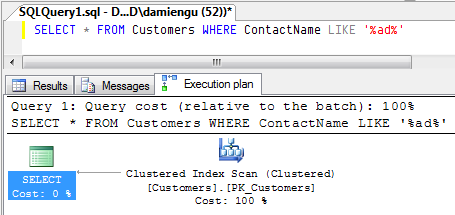5 blog posts tagged SQL Server

SQL Server query plan cache – what is it and why should you care?
SQL Server like all databases goes through a number of steps when it receives a command. Besides parsing and validating the command text and parameters it looks at the database schema, statistics and indexes to come up with a plan to efficiently query or change your data.

DLookup for Excel
I had to do a couple of ad-hoc Excel jobs today and found that whilst Excel has a VLookup function for spreadsheet/ranges it doesn’t have one for databases.

When SQL Server replication eats disk space
Part of my job involves revising our SQL Server architecture. My plan includes the addition of a read-only reporting SQL pair for non-critical inquiries and reports. This allows the heavy and unpredictable load from reporting away from from the primary SQL pair responsible for critical operations (shipping orders).

SQL Server replication blocking on cleanup job
For some time my primary workplace has been having a problem with SQL Server replication delaying for several minutes at a time which is surprising given the 12GB of RAM and quad processor hardware behind it.

Microsoft adds embedded SQL Server Everywhere Edition to line-up
Microsoft have announced SQL Server Everywhere as part of their line-up for SQL Server.